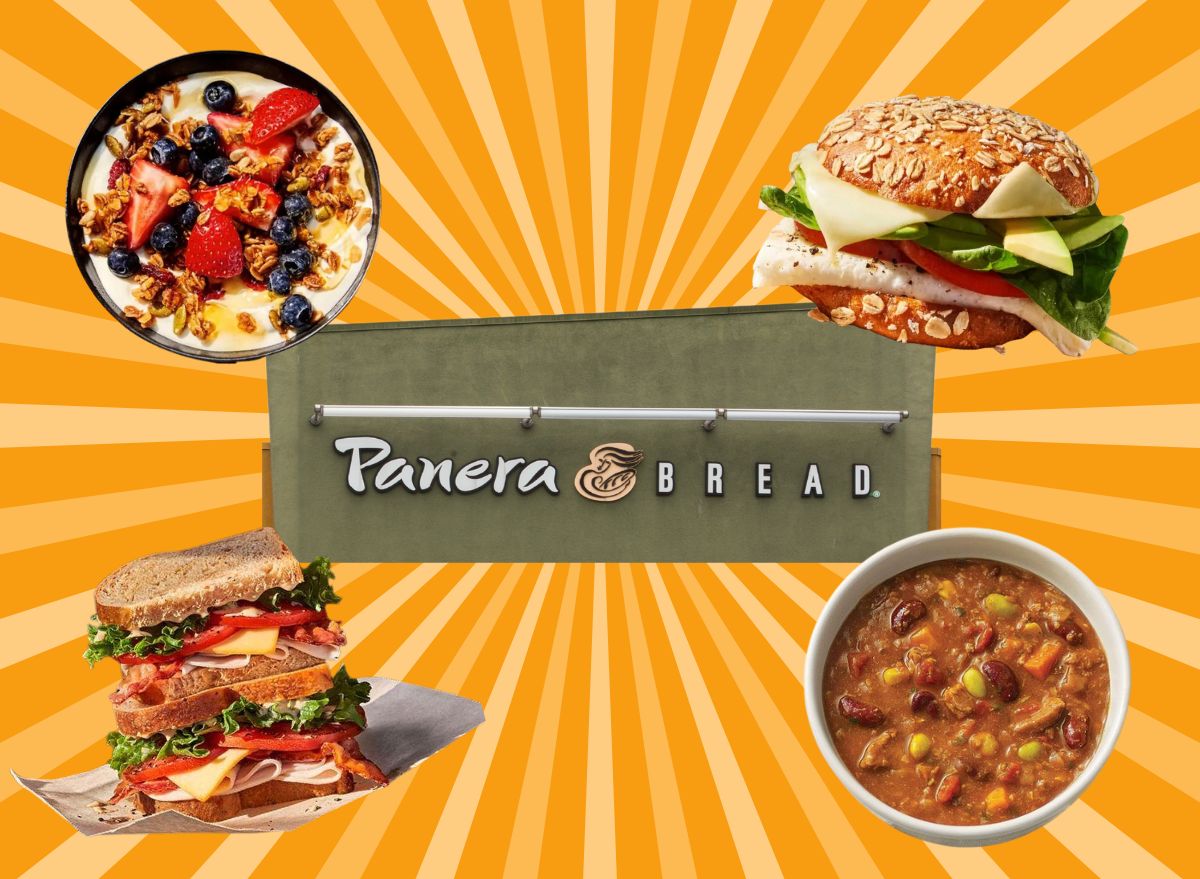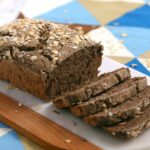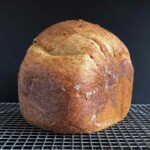Embark on a culinary journey into the world of gluten-free flatbreads! This comprehensive guide unveils the secrets to crafting delicious and versatile flatbreads perfect for wraps, pizzas, and countless other culinary creations. We’ll explore a variety of gluten-free flours, each lending its unique texture and flavor profile to the final product. From mastering the perfect dough to troubleshooting common baking challenges, we’ll equip you with the knowledge and confidence to create restaurant-quality flatbreads in your own kitchen. Prepare to be amazed by the possibilities!
Discover the delightful diversity of gluten-free flours, ranging from the subtly nutty almond flour to the light and fluffy rice flour. Learn how to expertly blend these flours to achieve the ideal texture and taste for your chosen application – whether it’s a delicate wrap, a crispy pizza base, or a flavorful side dish. We’ll delve into detailed, step-by-step baking instructions, offering visual guidance and expert tips to ensure your flatbreads are both pliable and bursting with flavor. We’ll also explore creative adaptations, showcasing how to incorporate herbs, spices, and seeds to elevate your culinary creations.
Step-by-Step Baking Instructions
Creating delicious and pliable gluten-free flatbreads requires attention to detail and the right ingredients. This recipe focuses on a simple yet versatile blend that yields a flavorful flatbread perfect for wraps, pizzas, or as a standalone snack. The key is to balance the dry ingredients carefully to prevent dryness or brittleness, common issues in gluten-free baking.
Ingredients and Preparation
This recipe utilizes a blend of rice flour, tapioca starch, and potato starch for a balanced texture. We’ll also incorporate a small amount of xanthan gum to mimic the elasticity of gluten. Begin by measuring out 1 cup of rice flour, ½ cup tapioca starch, ¼ cup potato starch, and 1 teaspoon xanthan gum into a large bowl. Imagine the fine, white powders creating a fluffy cloud in the bowl. Next, add 1 teaspoon salt, a touch of white sugar for subtle sweetness (optional), and 1 tablespoon olive oil. The olive oil adds richness and contributes to a softer texture. Finally, gradually add ¾ cup of warm water, mixing continuously with a fork until a smooth, slightly sticky dough forms. The dough should be soft enough to be pliable but firm enough to handle without being overly wet. Think of the consistency of thick pancake batter.
Kneading and Shaping the Dough
Once the dough is formed, turn it out onto a lightly floured surface – using a blend of rice flour and tapioca starch to prevent sticking. The dough will appear soft and slightly tacky. Gently knead the dough for about 2-3 minutes, just enough to bring it together. Avoid over-kneading, as this can result in a tough flatbread. The goal is to achieve a cohesive mass, not a smooth, elastic dough like you would with wheat flour. Divide the dough into 6 equal portions. Each portion will be rolled into a thin circle.
Rolling and Baking the Flatbreads
Using a lightly floured rolling pin, roll each dough portion into a thin, even circle, approximately 8-10 inches in diameter. Imagine the dough stretching and thinning, becoming translucent in places. If the dough is too sticky, lightly dust it with more flour. If it’s too dry, add a tiny amount of water, a teaspoon at a time. Preheat a large skillet or griddle over medium heat. Once hot, carefully place one flatbread onto the hot surface. The flatbread should start to bubble slightly after a minute or two. Cook for 2-3 minutes per side, or until lightly golden brown and cooked through. The cooked flatbread will be slightly puffy and have a nice, even color. Repeat the process for the remaining flatbreads. Each cooked flatbread should be set aside on a wire rack to cool.
Troubleshooting Common Issues
Dry or brittle flatbreads often result from using too much starch or not enough liquid. Conversely, overly sticky flatbreads are caused by using too much liquid or not enough starch. Experiment with adjusting the liquid amount slightly in future batches to achieve the desired consistency. Another common issue is uneven cooking. Ensure that the skillet is evenly heated, and adjust the heat as needed to prevent burning. The cooking time may vary depending on the thickness of the flatbreads and the heat of your stovetop.
Recipe Variations
The basic recipe can be easily adapted to create numerous variations. For example, adding 1 tablespoon of chopped fresh herbs, such as rosemary or thyme, to the dough before rolling creates fragrant flatbreads. Incorporating 1 teaspoon of your favorite spice blend, like Italian seasoning or curry powder, adds another dimension of flavor. To add texture, mix in 2 tablespoons of seeds, such as sesame seeds or poppy seeds, before rolling. These additions not only enhance the flavor profile but also add visual appeal. Consider the visual: tiny sesame seeds speckled across the golden-brown surface, or the vibrant green of herbs peeking through the dough.
Gluten-Free Flatbread Applications

Gluten-free flatbreads offer a versatile and delicious alternative to traditional wheat-based flatbreads, opening up a world of culinary possibilities. Their delicate texture and neutral flavor make them ideal bases for a wide range of dishes, from healthy wraps to flavorful pizzas and creative appetizers. This section explores several diverse recipes showcasing the adaptability and culinary potential of these gluten-free wonders.
Versatile Gluten-Free Flatbread Recipes
The following recipes demonstrate the diverse applications of gluten-free flatbreads, highlighting unique ingredient combinations and preparation methods to inspire your culinary creativity. Each recipe offers a distinct flavor profile and texture, showcasing the versatility of this adaptable base.
- Mediterranean Veggie Wrap: Spread a vibrant hummus across a warm flatbread. Layer thinly sliced cucumbers, tomatoes, red onions, and Kalamata olives. A sprinkle of feta cheese and a drizzle of olive oil complete this refreshing and healthy wrap. The contrasting textures – the creamy hummus, the crisp vegetables, and the soft flatbread – create a delightful sensory experience.
- Spicy Chicken Pizza: Top a pre-baked gluten-free flatbread with a zesty tomato sauce. Add grilled or roasted chicken breast, shredded mozzarella cheese, jalapeños, and a sprinkle of red pepper flakes for a spicy kick. A final drizzle of pesto adds a touch of aromatic freshness. The combination of savory chicken, spicy jalapeños, and creamy mozzarella, all resting on a perfectly crisp flatbread, is both satisfying and exciting.
- Sweet Potato and Black Bean Flatbread Quesadilla: Combine mashed sweet potato with black beans, corn, and spices. Spread the mixture evenly over two gluten-free flatbreads. Sprinkle with cheddar cheese and fold in half. Cook in a lightly oiled pan until the cheese is melted and the flatbreads are golden brown and slightly crispy. The sweet and savory combination of sweet potato and black beans, enhanced by the melted cheddar and the slightly crispy flatbread, creates a warm and comforting dish.
Nutritional Comparison of Gluten-Free Flatbread Dishes
The following table compares the approximate nutritional profiles of the three recipes, offering insights into their respective caloric values and macronutrient compositions. Note that these values are estimates and may vary depending on specific ingredients and portion sizes.
| Dish | Calories (approx.) | Protein (g) | Carbohydrates (g) | Fat (g) |
|---|---|---|---|---|
| Mediterranean Veggie Wrap | 350 | 15 | 45 | 15 |
| Spicy Chicken Pizza | 450 | 30 | 40 | 20 |
| Sweet Potato and Black Bean Quesadilla | 400 | 18 | 55 | 12 |
Storage & Shelf Life
Maintaining the delightful texture and taste of your freshly baked gluten-free flatbreads requires careful attention to storage. Proper preservation techniques will extend their shelf life, ensuring you can enjoy these versatile culinary creations for days, or even weeks, to come. The methods you choose will depend on your immediate needs and how long you plan to keep them.
Proper storage of gluten-free flatbreads significantly impacts their overall quality. Refrigeration slows down the staling process, while freezing offers the longest preservation, albeit with some textural changes. Understanding these effects will help you choose the best method to maintain the optimal flavor and texture for your intended use.
Short-Term Storage: Refrigeration
For optimal freshness when storing gluten-free flatbreads for a few days, refrigeration is the preferred method. Place the cooled flatbreads in an airtight container, such as a resealable plastic bag or a covered container, to prevent them from drying out and absorbing odors from other foods in your refrigerator. This method effectively slows down the staling process, keeping the flatbreads soft and pliable for up to 3-4 days. After refrigeration, reheating is recommended to restore optimal texture. Imagine the soft, slightly warmed flatbread yielding gently to your touch, the subtle flavors intensified by the heat.
Long-Term Storage: Freezing
Freezing is the best option for preserving gluten-free flatbreads for extended periods, typically up to 2-3 months. Before freezing, allow the flatbreads to cool completely. Then, individually wrap each flatbread tightly in plastic wrap, creating an airtight seal to prevent freezer burn and maintain optimal quality. Place the wrapped flatbreads in a freezer-safe bag or container. Upon thawing, you may notice a slight change in texture; they might be slightly less pliable than fresh ones. However, the flavor remains largely intact. Consider the image of a perfectly frozen flatbread, its edges crisp and the interior ready to be reheated to its former glory.
Reheating Techniques
Reheating stored gluten-free flatbreads is crucial for restoring their original texture and enhancing their flavor. Several methods can achieve this. For refrigerated flatbreads, a quick trip through a hot skillet (about 30 seconds per side) is ideal, reviving their softness and creating a slightly crisp edge. For frozen flatbreads, thawing at room temperature for a couple of hours followed by skillet reheating is recommended. Alternatively, you can reheat them in a toaster oven or conventional oven at a low temperature (around 300°F) for a few minutes until warmed through. The careful application of heat will return the flatbread to its desirable texture, whether it’s the soft, pliable quality for wraps or the slightly crispier texture for pizza bases. Imagine the aroma filling your kitchen, a testament to the revived flavors of your perfectly reheated gluten-free flatbread.
From the initial mixing of ingredients to the satisfying aroma of baking flatbreads, this journey has showcased the art and science of creating gluten-free culinary masterpieces. Whether you’re a seasoned baker or a kitchen novice, you now possess the tools and techniques to confidently craft delicious and versatile gluten-free flatbreads. Experiment with different flours, flavors, and toppings to discover your signature creations, and savor the joy of sharing these wholesome and satisfying treats with friends and family. The possibilities are as endless as your culinary imagination!
Detailed FAQs
Can I make gluten-free flatbreads ahead of time?
Yes! Baked flatbreads can be stored in an airtight container at room temperature for a few days or frozen for longer storage. Reheat gently before serving.
What are the best toppings for gluten-free pizza?
Use your favorite pizza toppings! Consider vegetables, meats, cheeses (ensure they are gluten-free), and herbs. Experiment to find your perfect combination.
How do I prevent my gluten-free flatbreads from becoming too dry?
Use the correct ratio of liquids to dry ingredients, and ensure your oven temperature is accurate. Adding a small amount of oil or fat to the dough can also help.
Are all gluten-free flours created equal?
No, different gluten-free flours have varying properties, affecting the final texture and taste of your flatbread. Experiment to find your preferred blend.


